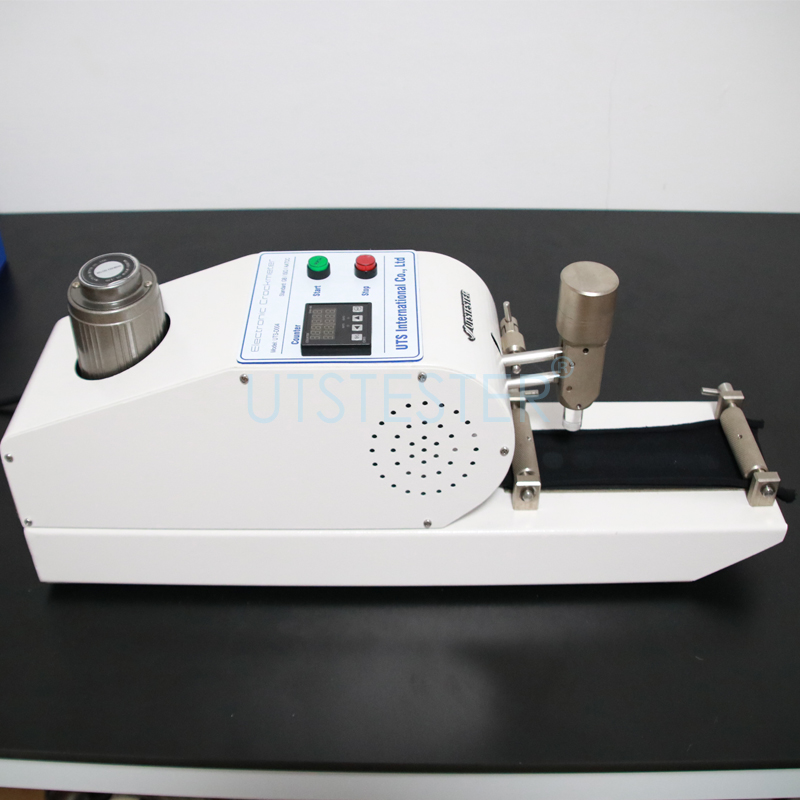 +86 152 6060 5085
+86 152 6060 5085
 +86 152 6060 5085
+86 152 6060 5085
2019-05-28
Color fastness is also known as dyeing fastness and fastness.Refers to the color of textiles in the processing and use of various functions of resistance.The fastness grade is evaluated according to the color change of the sample and the stain of the undyed fabric.Textiles in the process of its use will be light, washing, ironing, sweat stains, friction and chemical agents and other external effects, some printing and dyeing textiles also through special finishing processing, such as resin finishing, flame retardant finishing, sand washing, rubbing, etc., which requires printing and dyeing textiles color relatively maintain a certain fastness.So there are relevant tests.What are some common tests of colour fastness to textiles?UTS engineers sort out the following.
UTS r & d engineers said that the commonly used is wash resistance, light resistance, friction and sweat resistance, ironing resistance, weather resistance and other items.In practice, mainly according to the product and end use of product standards to determine the test items, such as wool textile products specified in the standard must be testing the fastness to sunlight, knitted underwear, of course, the fastness to perspiration, to test and outdoor textiles (such as sunshade, light box cloth, canopy cover material) is to detect the weather fastness, of course.
1. Color fastness to sunlight
Textiles when use are often exposed to light, the light damage dye which leads to the well-known "fade", discoloring the coloured textiles, generally becomes shallow, dark, some will appear color change, so it need to test color fastness to sunlight fastness test, the sample is with different fastness standard series of blue wool cloth in the sunlight exposure under specified conditions, the sample compared with blue wool cloth, to evaluate the color fastness to light, blue wool cloth series standard, the higher the more light.
2. Color fastness to washing
The samples are sewn together with standard lining fabric, washed, cleaned and dried under suitable temperature, alkalinity, bleaching and friction conditions to obtain test results in a relatively short time.During the friction is through the small bath ratio and the appropriate number of stainless steel ball rolling, impact to complete, with grey card rating, get the test results.Different test methods in jiayu testing net have different temperature, alkalinity, bleaching and friction conditions and sample size, the specific to be selected according to the test standards and customer requirements.
3. Color fastness to rubbing
Place the sample on the rubbing fastness tester and rub it with standard white cloth for a certain number of times on a certain pressure. Dry rubbing fastness and wet rubbing fastness are required for each set of samples.The color of standard rubbing white cloth is graded with grey card, and the grade is the color fastness to rubbing.The color fastness to rubbing needs to be tested by dry and wet rubbing with all colors on the sample.
4. Color fastness to dry cleaning
Same color fastness as washing, only changed from washing to dry cleaning.
5. Colour fastness to perspiration
The samples were stitched together with standard lining fabric, placed in sweat stain solution, clamped on the color fastness tester against sweat stain, placed in the oven at constant temperature, and then dried, and rated with grey card to obtain the test results.Different test methods have different sweat mixture, different sample size, different test temperature and time.
6. Non-chlorine bleaching fastness
Color fastness to non - chlorine bleaching is evaluated by washing the fabric with non - chlorine bleaching.
7. Color fastness to pressing
After the dry sample is covered with cotton lining fabric, it is pressed for a certain time in the heating device with specified temperature and pressure, and then the color change of the sample and the stain color of the lining fabric are evaluated with gray card.Hot pressing color fastness is dry pressure, wet pressure, wet pressure, according to different customer requirements and test standards to choose the test method.

Email: hello@utstesters.com
Direct: + 86 152 6060 5085
Tel: +86-596-7686689
Web: www.utstesters.com
Previous article :
Some knowledge of the electronic yarn twist testerNext article :
Test method and influencing factors of pilling tester by rolling box method